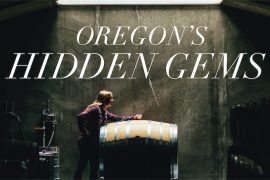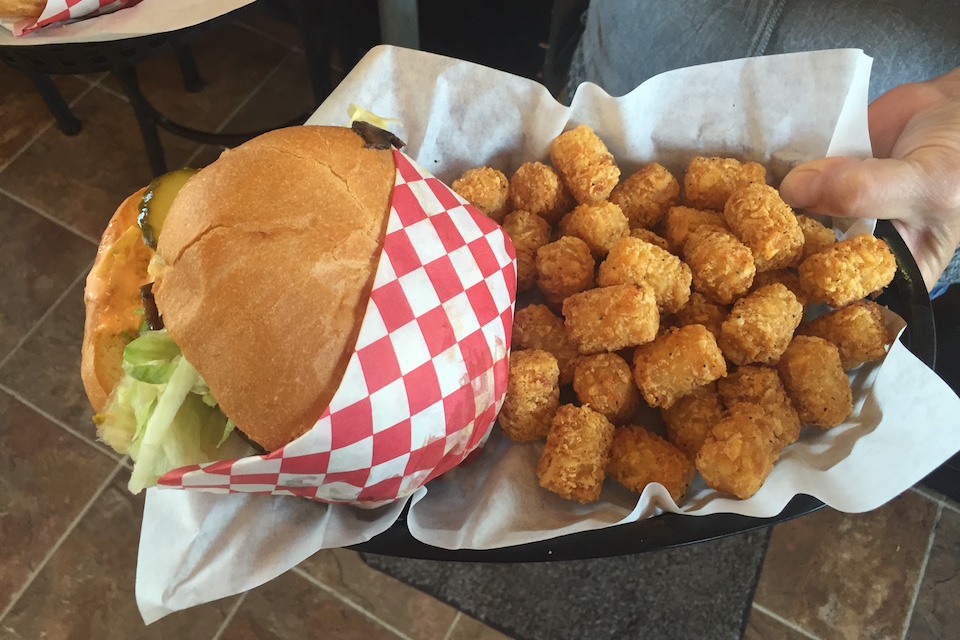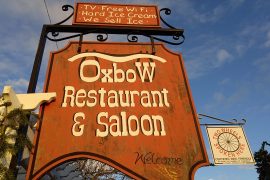Armed with little more than research about soils and a vision of a Burgundian Oregon, the pioneers of Oregon’s wine industry planted vines and the hope that they would create a life they could, one day, share with their kids.
Entrepreneurs all, Oregon’s first winemakers were academics, farmers, hippies and engineers taking a shot and getting back to the land in an unproven industry in America. They knew it would be difficult and that effort would far exceed the reward for most of their lives. They knew it would take risk, nerve and patience, and the ability to balance these.
“My father and grandfather deliberated about what to plant—not for the next five or ten years—but for the next fifty years,” says Veronique Drouhin of Domaine Drouhin in the Dundee Hills.
The true recognition of Oregon wines came almost by accident. It was Eyrie Vineyards’ 1975 South Block Pinot noir, unwittingly entered into the 1979 Wine Olympiad in Paris by a friend of Eyrie founder, David Lett, that shocked French palates and wine drinkers around the world. More praise poured in from articles in Wine Spectator and by New York Times’ wine critic Robert Parker. Oregon wines competed well with their French counterparts.
Perhaps the biggest success of the industry, though, came more recently—its ability to sell the next generation on its merits and prospects. This handoff between generations is an important moment in sustaining a wine industry that has grown to $160 million in annual revenues in fifty years. Here, 1859 captures that moment with the sons and daughters of pioneering Oregon winemakers—the next generation.
Ponzi Vineyards
FIRST GENERATION
Dick and Nancy Ponzi
NEXT GENERATION
Siblings , Luisa, Michel and Maria Ponzi
Luisa Ponzi
Favorite Wine Ponzi Tavola Pinot noir
The story begins in the ’60s with my parents. They were true hippies and wanted to get back to the land. My father was working in an aerospace facility in California and loaded us up to go to Oregon, where my grandmother lived.
They were truly pioneers in the sense that this was undiscovered land, and Pinot noir was an undiscovered variety here. We began planting in 1970.

It wasn’t until the ’85 vintage that Oregon got national recognition with a New York Times article. After that, my father quit his day job teaching, and started making wine full time. My mother was in charge of selling it.
My impression was that growing up on a vineyard was just a lot of work. I graduated from high school in ’85 thinking I needed to get as far away from this mess as I could.
I thought I would go into medicine and pre-med studies. I went on to work at OHSU. It was there I discovered that I’m not really suited for this. So I came back and worked in the cellar. In 1990, I realized there’s a lot of cool science going on in a vineyard. This was my first a-ha moment.
My sister got a job on the East Coast with a magazine. My brother was a jazz musician in LA. One by one, we all came back. There’s a really strong pull to the land, and the seasons and the harvest. You’re tied to it.
Eyrie Vineyards
eyrievineyards.com
FIRST GENERATION
David and Diana Lett
NEXT GENERATION
Jason Lett
Jason Lett
Favorite Wine The best wine is the one that brings out the best conversation.
My dad, David Lett, studied grape growing at UC Davis, and became enamored with Pinot noir and Burgundian reds. He traveled and studied.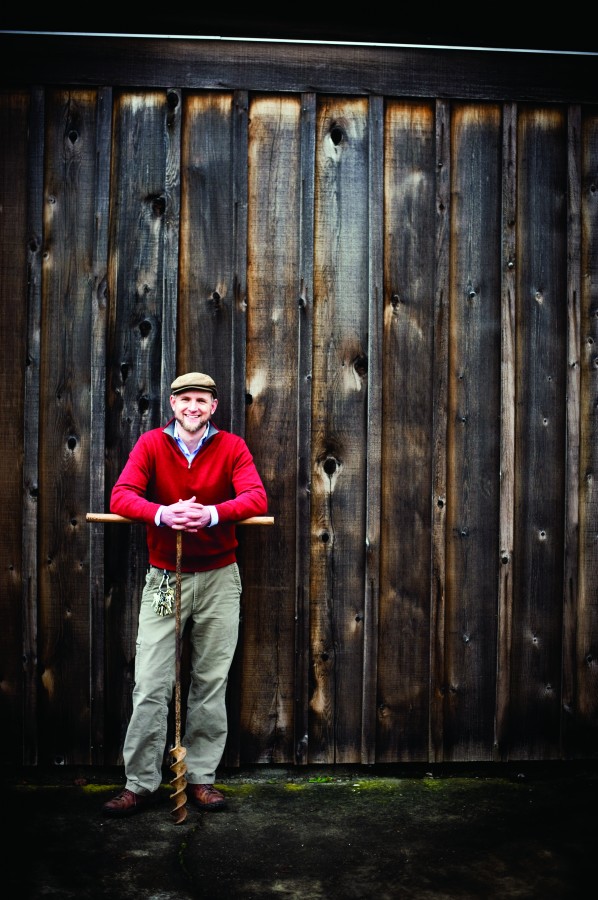
In ’64, he came here on a scouting mission at age 24. When he returned to Oregon from California that same year, he had a collection of cuttings and planted them in a nursery in Corvallis. He began looking for the perfect place and climate to grow Pinot. At the time, he was selling textbooks and would drive from one college to the next the long way. When he drove around, he would dig soil samples and test them. In ’65, he found an abandoned prune orchard in the Dundee Hills, bought it and soon started transplanting the cuttings.
Our neighbors, Ted and Bernie Wirfs, were experienced farmers. They watched us struggling and they would never come out and say, `This is how to do it.’ Instead, Ted would come out and say, `You know, if a person were to try this …’
In this business, you’re always struggling with your own ignorance, and that’s what keeps it interesting. I can think of few professions where you see something through to the end—from the first budding to the bottling and the drinking of the product.
Bethel Heights
FIRST GENERATION
Brothers, Ted and Terry Casteel and their wives , Pat Dudley and Marilyn Webb
NEXT GENERATION
Cousins, Mimi and Ben Casteel
Mimi Casteel
Favorite Wine Bethel Heights Flat Block 2009 Pinot noir
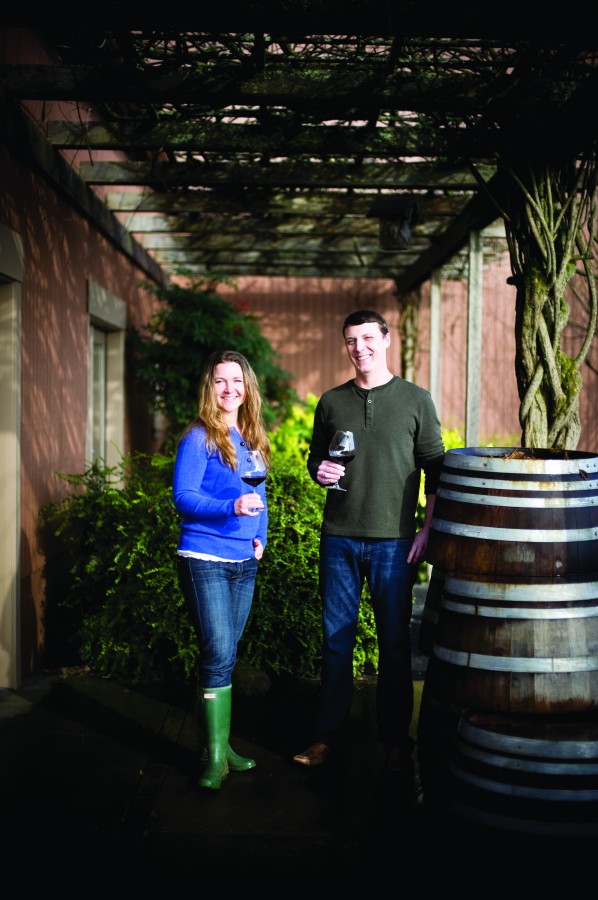
As a child, my whole year was in rhythm with this vineyard. We got to know this place molecule by molecule. It was our whole universe. I never thought of it as our parents’ jobs but our life. It wasn’t until I went to college, though, that I realized there was something unique about the way I grew up.
I remember when I decided I wanted to be a botanist and a farmer. I was standing with my dad on the property, and he said this is the best piece of our property for growing grapes. That was his hunch based on what he had learned over twenty-five years of winemaking. Then he turned to me, and asked my opinion. I remember thinking that I had so much to learn.
Sokol Blosser
FIRST GENERATION
Susan Sokol Blosser and Bill Blosser
NEXT GENERATION
Brother and sister, Alison & Alex Sokol Blosser
Alison Sokol Blosser
Favorite Wine 2005 Estate Cuvée Pinot noir
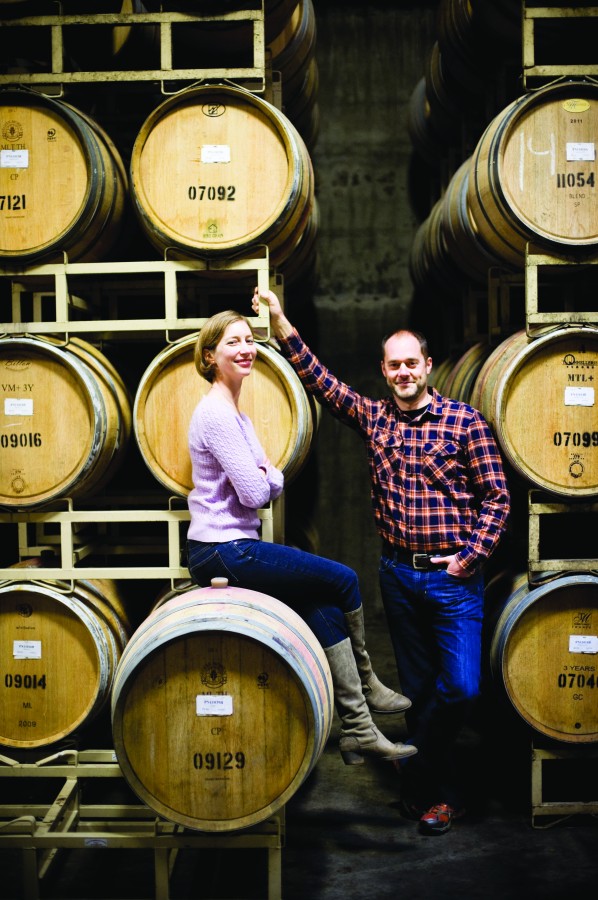
We saw our parents make a lot of mistakes. We wanted to get our MBAs to not go through the same things and make the same mistakes. We wanted to make different mistakes.
When I look back at growing up on a working vineyard, it seems so wonderful. But when I lived it, it meant family vacations were wine festivals and stuffing bottles. When you’re starting a business, everyone pitches in and it’s really amazing.
One of my favorite memories is when it snowed and school was canceled, we would go sledding. The rolling hills had the perfect pitch for sledding. That was one of the free moments when you could be a kid and enjoy.
Lange Winery
FIRST GENERATION
Don and Wendy Lange
NEXT GENERATION
Jesse Lange
Jesse Lange
Favorite Wine Lange 2009 Reserve Pinot noir
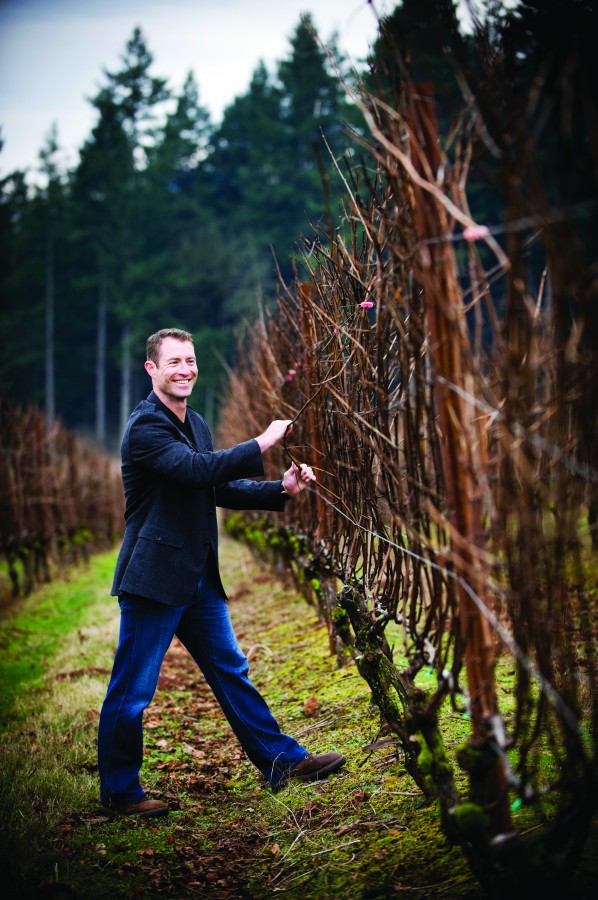
Perhaps the most vivid memory is the culmination of the growing season at the harvest. We worked late nights and early
mornings. When you’re pressing out the last Pinot noir and its going into barrels, there’s a moment of tremendous accomplishment and peace for you and your colleagues. Then you go to these wine dinners and people say, ‘Wow, you’re the winemaker! That must be a tremendous responsibility.’ I always point out that it takes a whole team of people to make wine the right way.
Valley View Winery
FIRST GENERATION
Frank and Ann Wisnovsky
NEXT GENERATION
Brothers, Mike and Mark Wisnovsky
Mike Wisnovsky
Favorite Wine 1997 Anna Maria Cabernet Franc
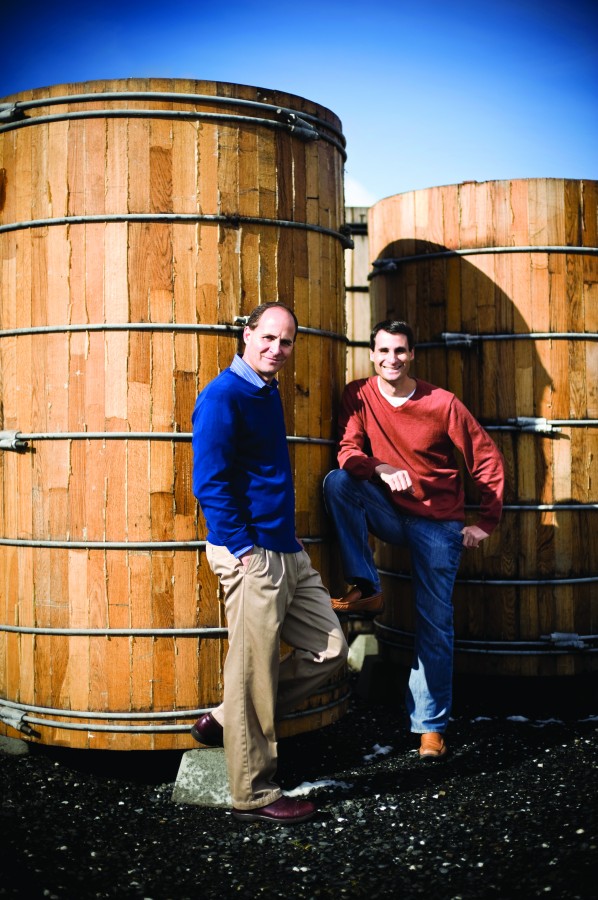
We ended up in Ashland. Many years ago, there was pretty substantial grape-growing in the area under Peter Britt (a Swiss-born photographer and horticulturalist). The grapegrowing lasted until 1908, then fizzled out with Prohibition on the rise.
Dad did a lot of research about the climate in the area, and it matched up pretty closely with Bordeaux, France. In ’72, we broke ground with Cabernet Sauvignon, Chardonnay, Merlot, Pinot noir, Gamay and Gewürztraminer. We had twelve acres.
My first job was to do the least amount of damage. During spring break, we’d tie the vines all day. If you finished by Wednesday, you’d have the rest of the week off. During summers, we worked from 6 to noon and then had the rest of the day off.
Elk Cove
FIRST GENERATION
Pat and Joe Campbell
NEXT GENERATION
Adam Campbell
Adam Campbell
Favorite Wine Mt. Richmond Single Vineyard Pinot noir
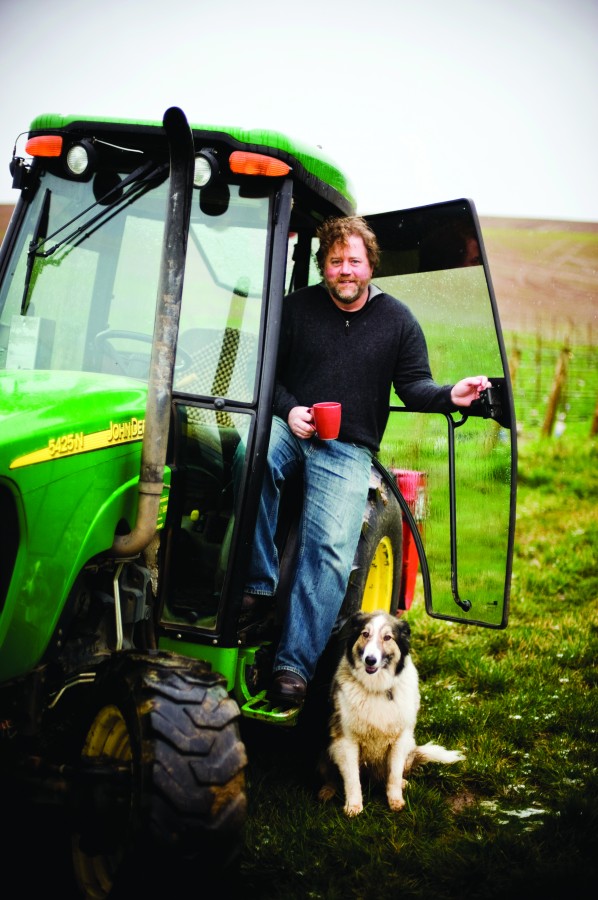
I loved growing up in the country and on a big piece of land. I went to local schools, and it was funny—even though many of those kids’ parents were probably farmers, they saw me and thought growing grapes was really weird.
We were our parents’ first labor force. When we grew up, we all ran away from the business. I came back when I was 24. At that time, we had about thirty acres, and now we farm about 230 acres. I love planting vineyards and discovering new vineyards.
Domaine Drouhin Oregon
domainedrouhin.com
FIRST GENERATION
Robert and Françoise Drouhin
NEXT GENERATION
Veronique and Philippe Drouhin
Veronique Drouhin
Favorite Wine Domaine Drouhin Pinot noir
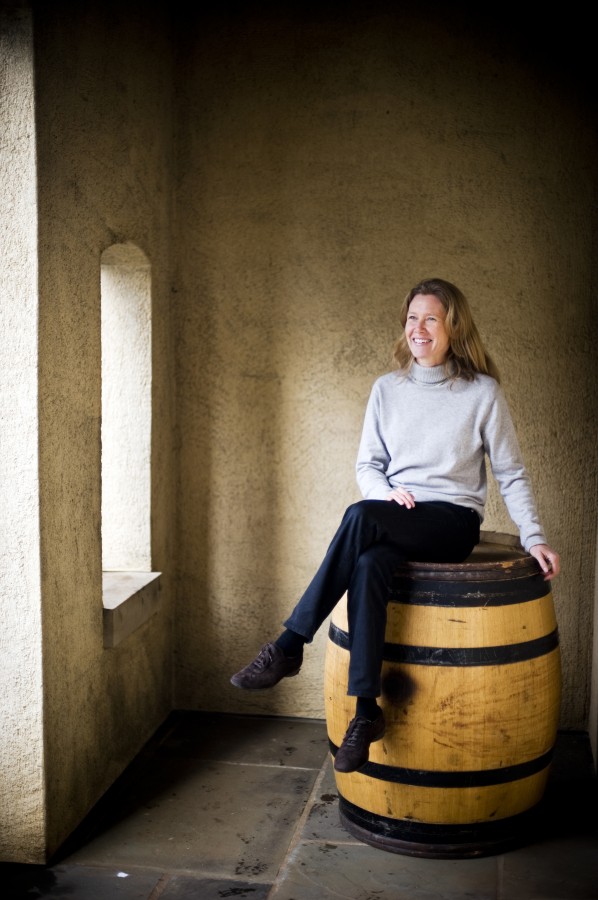
We had made friends with the Adelsheims and the Letts. Then in June of ’87, David Adelsheim called my father and told him there was a good plot for sale, so we came and we bought it. Oregon was absolutely beautiful, and the people were very welcoming.
This was the beginning of the wine-making adventure, which has not been easy all the time. The philosophy is the same in Oregon as it is in Burgundy, but the way to achieve it is slightly different. The growing season is longer here.
We started to make wine in ’88 with equipment and vines we sent from Burgundy. My father and grandfather deliberated about what to plant—not for the next fifty years.
Cliff Creek Cellars
FIRST GENERATION
Vern and Dorothy Garvin
NEXT GENERATION
Siblings, Roy and Ruth Garvin
Ruth Garvin
Favorite Wine Cliff Creek Claret
Dad had a vision in the ’90s, and we took it from there. We found out that our soil and the site were perfect for growing grapes. By May of ’99, we were planting our first acres.
This was my dad’s third major venture. In the ’70s, he came across cable TV. He built several cable networks. Well, it turns out that you use the same equipment for digging television cable that you need to build a vineyard—a posthole digger, a trencher and line puller.
Mom was always the bookkeeper for all his ventures, and they worked together wonderfully. My dad managed the farm and the vineyard. This was his retirement. He loved going to events and pouring his wine—a lot of it. When you’re pouring for tastings, you pour only an ounce. Dad couldn’t be told, and he always filled them up.
When you work in agriculture, it keeps you close to the earth and forces you to be patient.
Oregon’s New Reds
Thinking Outside the Pinot / by Jennifer Cossey
Though Pinot noir accounts for three quarters of all wine produced in Oregon, growers are increasingly experimenting with other interesting reds.
In the Willamette Valley, Bernard Lacroute, owner of WillaKenzie Estate and an industry veteran, has been producing, among other things, Gamay noir, a grape that produces bright and flavorful wines and is popular in Beaujolais, France. For Lacroute, who was born in Macon between Burgundy and Beaujolais, it was in his blood, He makes his wine in a classic “cru” style, with grapes sourced from a single region.
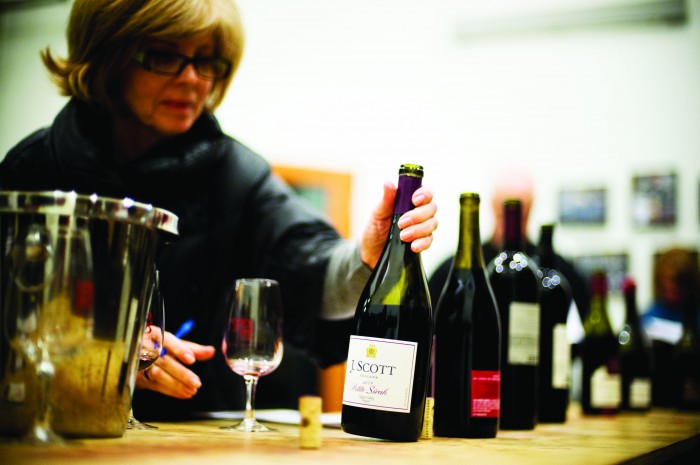
Sangiovese, the grape best known to Chianti lovers, has settled nicely into Southern Oregon’s warm climate. Michael Davies, winemaker for A to Z Wineworks, produces a dry rosé from the spicy grape.
“Tempranillo is, to my palate, the second best red wine grape in the world after Pinot noir,” says Don Lange, founder of Lange Estates Winery and Domaine Trouvére. What the future holds for these enticing young wines remains to be seen, smelled and tasted.
In a secret urban winery in Portland in February, 1859 assembled a team of experienced wine drinkers to taste a series of non-Pinot Oregon reds. Go to 1859magazine.com/tasting-notes to find their tasting notes on Oregon’s new reds

